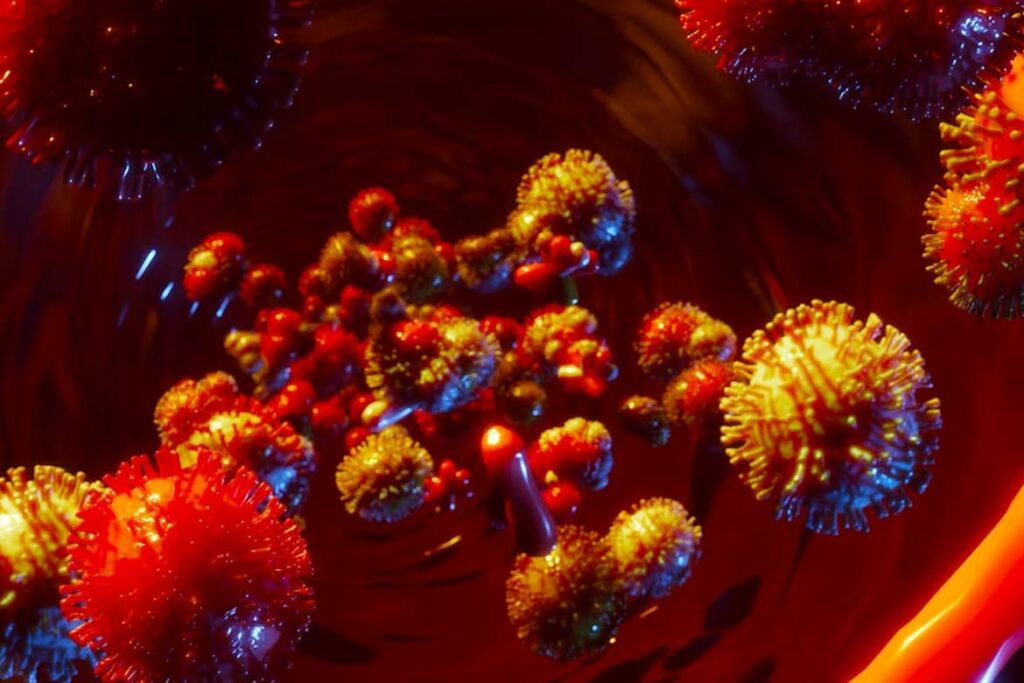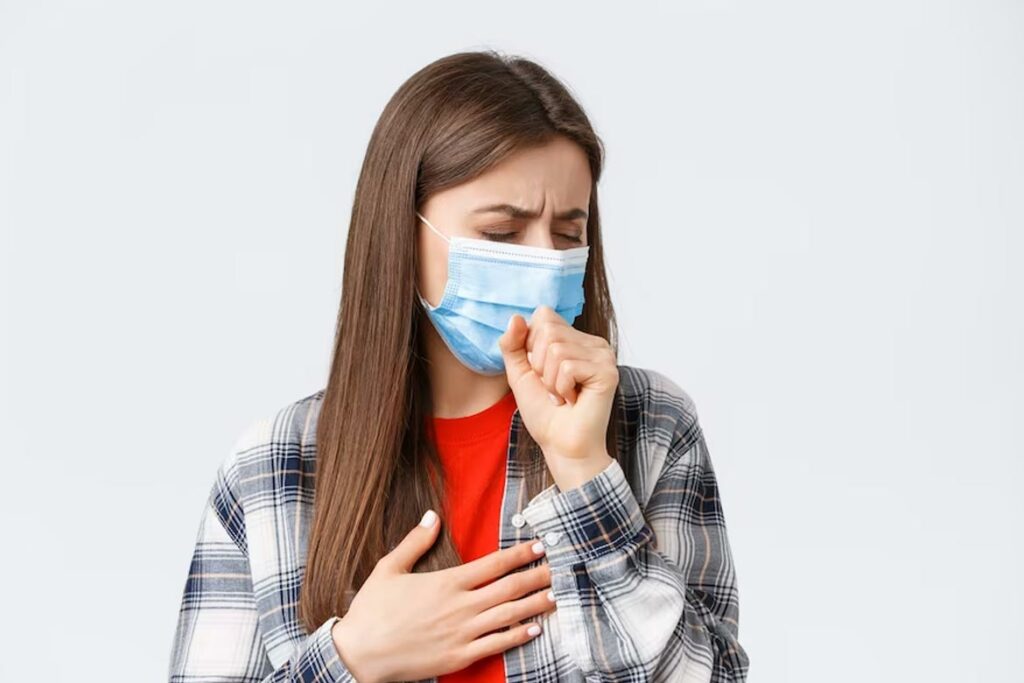India is in fear by the sudden breakout of the extremely infectious H3N2 influenza virus. States like Maharashtra, Karnataka, and Gujarat are on high alert due to the increased danger of the H3N2 influenza virus outbreak with over 450 cases confirmed across the nation. Official statistics show that the H3N2 influenza virus has been associated with at least nine fatalities across the nation.
The influenza virus strain that is now most common in India is H3N2. Yet it’s crucial to remember that the H3N2 virus is not a brand-new strain of influenza. Records indicate that the H3N2 virus was first identified in humans in 1968.
Children and the elderly have been associated to more serious sickness caused by H3N2. This year’s predominant flu strain in the United States and India, H3N2, has historically been associated with flu seasons that were more severe.
Cause of severity in India:
Low vaccination rates and severe air pollution worsen the flu’s impacts in India. In India, seasonal flu normally peaks twice a year, between November and March and again between June and September, when monsoon season is in full swing.
Yet the flu looks to have returned to pre-pandemic levels of activity after two relatively calm flu seasons.
India is located in the northern hemisphere, so even though it is late in the season, the season still exists. Flu seasons don’t all happen at once.
Things to Know About H3N2

Read more: Long sitting hours jobs cause acid reflux, here are 4 things that can control this issue
Two flu viruses, influenza A and B, are seasonal causes of human flu outbreaks.
The influenza B Yamagata and Victoria lineages, as well as the influenza A subtypes H1N1 and H3N2, are now in circulation.
This year’s predominant flu strain in the United States, H3N2, has historically been associated with flu seasons that were more severe.
H3N2 causes more serious disease in those 65 and older, according to study.
What elements influence the severity of particular flu seasons?
H3N2 flu seasons can lead to an increase in fatal illnesses, hospitalisations, and other serious conditions. This is particularly true if vaccine uptake is low or the vaccine does not effectively match the strains that are already in circulation.
The vaccine’s match to the circulating strain and the overall percentage of people who are vaccinated each year both play a significant role in determining how severe the flu season will be. Flu vaccines must be updated annually to stay effective because influenza viruses are always changing. The flu virus can occasionally evolve, which makes the vaccine less effective. A 2017–2018 flu season study found that only 1.5% of 65,000 Indian people 45 and older had ever received a flu shot, indicating that vaccination rates in India are probably quite low.
Moreover, India’s high levels of air pollution might make flu symptoms worse. Respiratory function declines in an environment with high pollution levels. In those conditions, any respiratory virus would be more harmful. As a result, the fatality rate from the flu is higher in India, especially among elderly people and young children.
Is there a link between COVID-19 and H3N2?

Despite its fast spread, the H3N2 influenza virus is unrelated to COVID. The majority of persons have had two doses of COVID vaccine and currently have extremely minor symptoms, making influenza symptoms more severe than COVID symptoms. The best effective defence against the flu and COVID is to wear a mask. H3N2 and COVID are unrelated, with the only similarity being that both are respiratory infections.
What symptoms and indicators of H3N2 virus?
The World Health Organization states that human infections with swine, avian, and other zoonotic flu can result in anything from a minor upper respiratory infection (fever and cough) to pneumonia, acute respiratory distress syndrome, shock, and even death. Some of the most typical H3N2 virus symptoms include the ones listed below:
- Chills
- A cough and fever
- Nausea
- Vomiting
- Throat discomfort or pain
- A body and muscle discomfort
- There are times when diarrhoea can happen.
- Sniffling and sneezing
If someone has trouble breathing, chest pain or discomfort, a persistent fever, or pain in the throat when swallowing food, they must immediately consult a doctor.
What method does the virus use to spread?

Read more: Another viral disease spreading in India; What is Tomato flu? Cause, symptoms, and treatment
By coughing, sneezing, or talking while ill, a person can spread the highly dangerous H3N2 influenza to others by exhaling droplets. Moreover, it can spread if a person touches their mouth or nose after coming in contact with a surface that is infected with the virus. Pregnant women, young children, the elderly, and those with underlying medical issues are more prone to experience flu-related complications.
What types of treatments are available?
The H3N2 influenza treatment plan includes rest, drinks, and over-the-counter painkillers such acetaminophen or ibuprofen to lower fever. Antiviral drugs like oseltamivir and zanamivir may be prescribed by a doctor if a patient has severe symptoms or is at a high risk of consequences.
How to protect yourself from H3N2 virus?
Due to the virus’s attack on the respiratory system, it is imperative to:
- Continually check the oxygen saturation with a pulse oximeter. If the oxygen saturation level is less than 95%, you must see a doctor. It can be necessary to receive intensive care if the oxygen saturation level drops below 90%.
- Experts caution against self-medication in these circumstances.
- Regularly wash your hands with soap and water.
- Use a face mask and stay away from crowded areas.
- Do not put your hands near your mouth or nose.
- When you sneeze or cough, cover your mouth and nose. Keep hydrated by drinking a lot of water.
- If you have a headache and a temperature, take paracetamol.
- One should stay away from using the restroom in public
- Avoid greetings that rely on physical contact, like handshakes or hugs.
- Self-medication and taking antibiotics or other drugs without first seeking medical advice can be dangerous.
